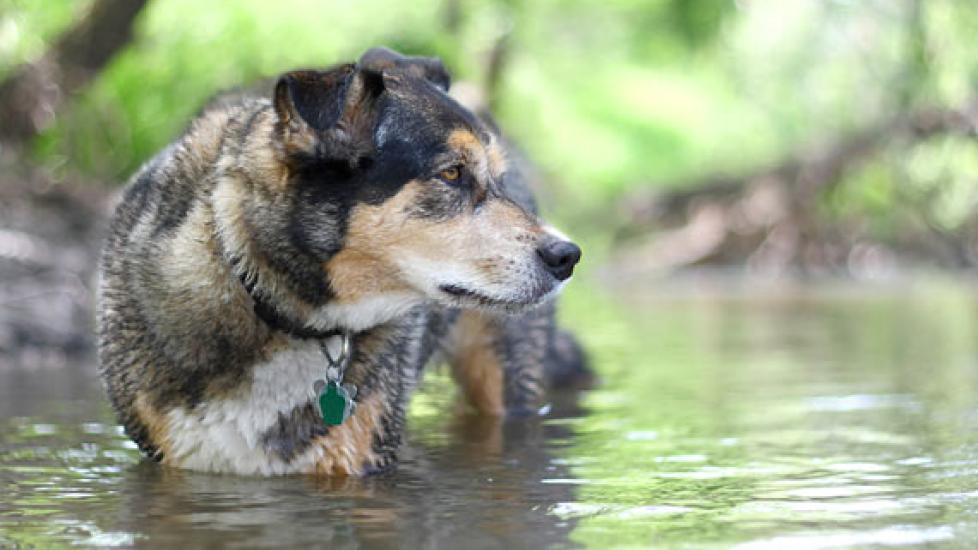That Refreshing Water Could Be Hiding a Killer
I know why dogs love the water. Growing up, I took every opportunity to enjoy a swim in irrigation ditches, holding ponds, Folsom Lake, and even the Sacramento and American Rivers of California. Our evolutionary roots in water draw us to it and it just feels right. But my folks and I were oblivious to the dangers that are possible from water.
It took a long time for our parents to appreciate that polio in our classmates was due to playing in stagnant stands of water. The same is still true for our dogs; many owners are oblivious to the dangers in open water.
In my last post I, described some hazards possible to dogs frolicking in water. My list is actually longer so I will continue.
Bacteria and Protozoa
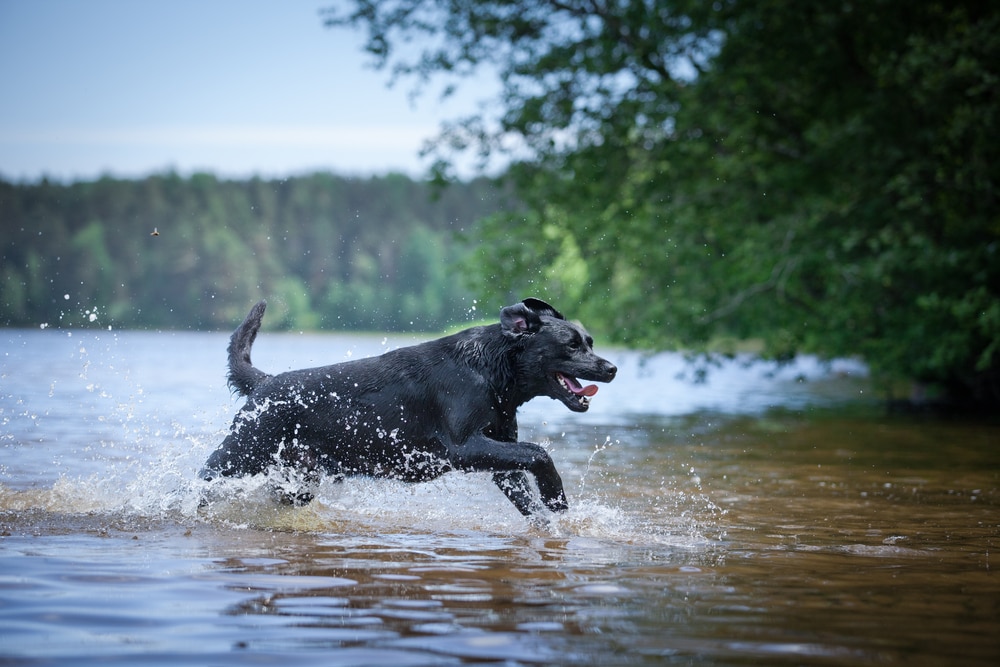
Giardia, leptospirosis, and cryptosporidium mentioned in the last post are not the only bacterial and protozoal threat from standing water. Coccidia, a protozoa (single-celled animals), and Campylobacter, a bacteria, are common in small stands and puddles of water. Like the others, they also cause distress to the gastrointestinal tract, typically in the form of persistent diarrhea. Fortunately, both can be diagnosed from the examination of a stool sample and can be cured with antibiotic treatment.
If your dog swims, yearly or twice yearly stool examinations are an excellent idea for detecting water-borne parasites. This protection is not only for your dog, but for you and your family, as well.
Giardia, leptospirosis, cryptosporidium, and Campylobacter are all zoonotic diseases. This means they can be passed from pets to people. All are evacuated from the rectum of infected pets.
Remember, a dog’s tongue is its toilet paper. These protozoa and bacteria can be passed to you by your dog’s licks, especially to your mouth.
“Swamp Cancer”
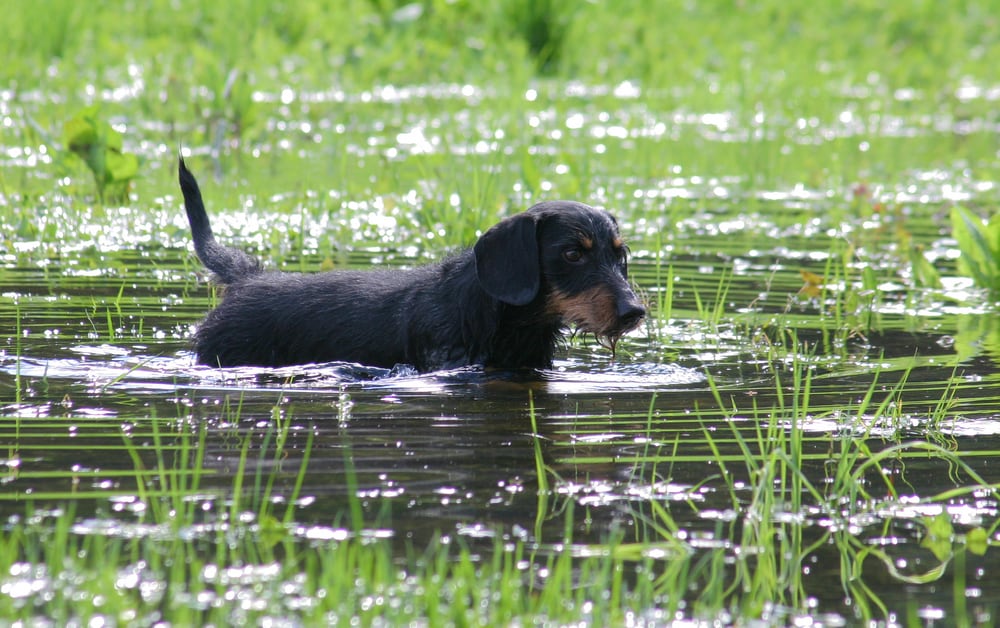
Pythiosis is a disease caused by a fungus-like creature (think athlete’s foot or ringworm). Pythium is primarily found in the swamp waters of the U.S. Gulf States, but it has also been found in standing waters in the Midwest and eastern states. An outbreak in northern California has also been reported.
Pythiosis earns the name “swamp cancer” because it causes lumps and masses on the bodies of horses. These same skin lesions can also occur in dogs.
The fungus invades the body through exiting wounds and stimulates an immune response that resulta in ulcerated lumps. For dogs that drink swamp water, these lesions occur primarily in the esophagus, stomach, and intestines, causing refusal to eat, vomiting, diarrhea, and abdominal straining.
Unfortunately, surgical removal of the lumps and masses, on the skin or internally, is the recommended treatment. Often, surgical treatment is too late for a successful outcome, and medical treatment with anti-fungal drugs and chemotherapy drugs are mostly unsuccessful.
Salmon Poisoning
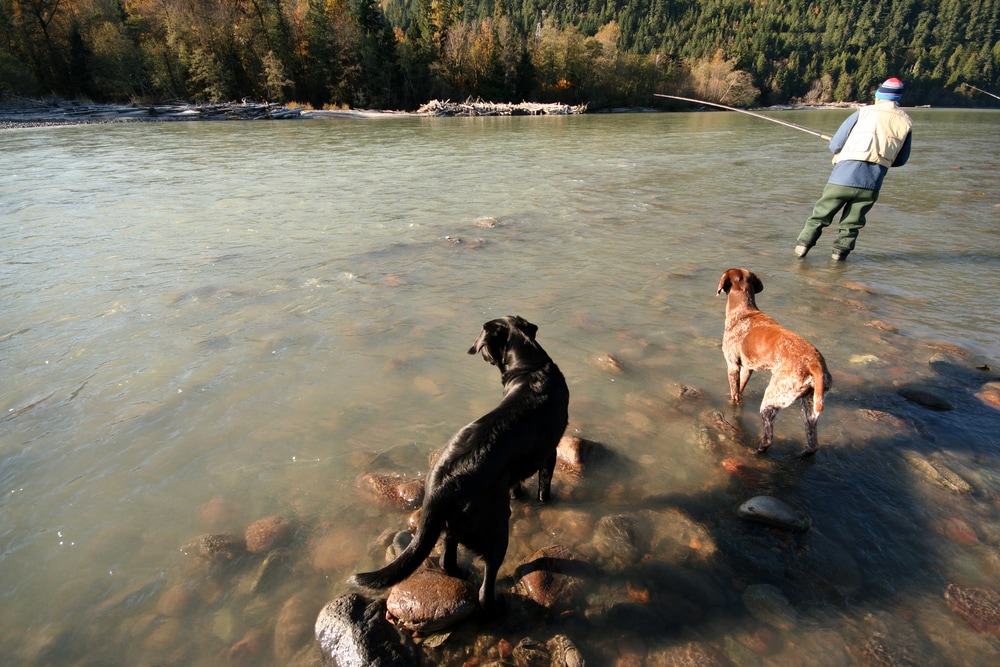
Every spring and lasting to early fall, salmon return from the sea to mate, or spawn, in the fresh water rivers and streams where they were born. I know you have all seen images of bears catching and eating the salmon as they return to their home waters in the Pacific Northwest. Exhausted by their migration up stream, these fish are easy prey in shallow waters.
Dogs, like bears, relish the idea of wading into the shallow waters, catching the salmon, and eating them. But there is a risk. Salmon can be carriers of a bacterium called Neorickettsia, which hides in a parasitic fluke (a tapeworm-like creature called Nanophyetus) in the salmon’s body.
Dogs infected by Neorickettsia experience fever, diarrhea, vomiting, and enlarged lymph nodes. Nanophetus is easily identified in the stool, which is a very strong presumption that dogs with symptoms are positive for salmon poisoning. Hospital treatment and antibiotic therapy are usually curative for salmon poisoning.
Water Intoxication
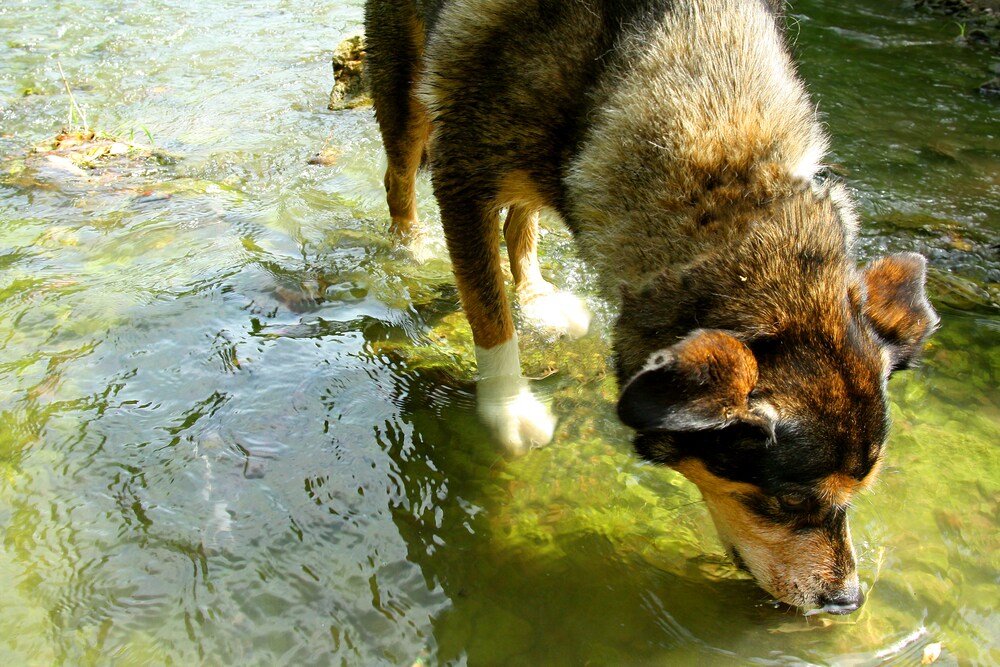
Dogs enjoying fresh water often drink too much of it. This dilutes the sodium in their blood, leading to “hyponatremia.” The lack of salt in the blood encourages the flow of water into the body cells, including brain cells. The extra water in the cells causes swelling.
As explained by Dr. Karen Becker, this inflow of water into the brain and other cells causes “staggering/loss of coordination, lethargy, nausea, bloating, vomiting, dilated pupils, glazed eyes, light gum color, and excessive salivation. In severe cases, there can also be difficulty breathing, collapse, loss of consciousness, seizures, coma, and death.”
Prevent water intoxication by taking breaks from water activity every 15 minutes with “land” sports and activity.
As I have said before, I love water sport for dogs and its positive impact on body fitness. Owners just need to be sensitive and aware of the dangers that lurk in waters.

Dr. Ken Tudor
Read Part 1 of Dogs and Water Borne Diseases
Image: Christin Lola / Shutterstock
